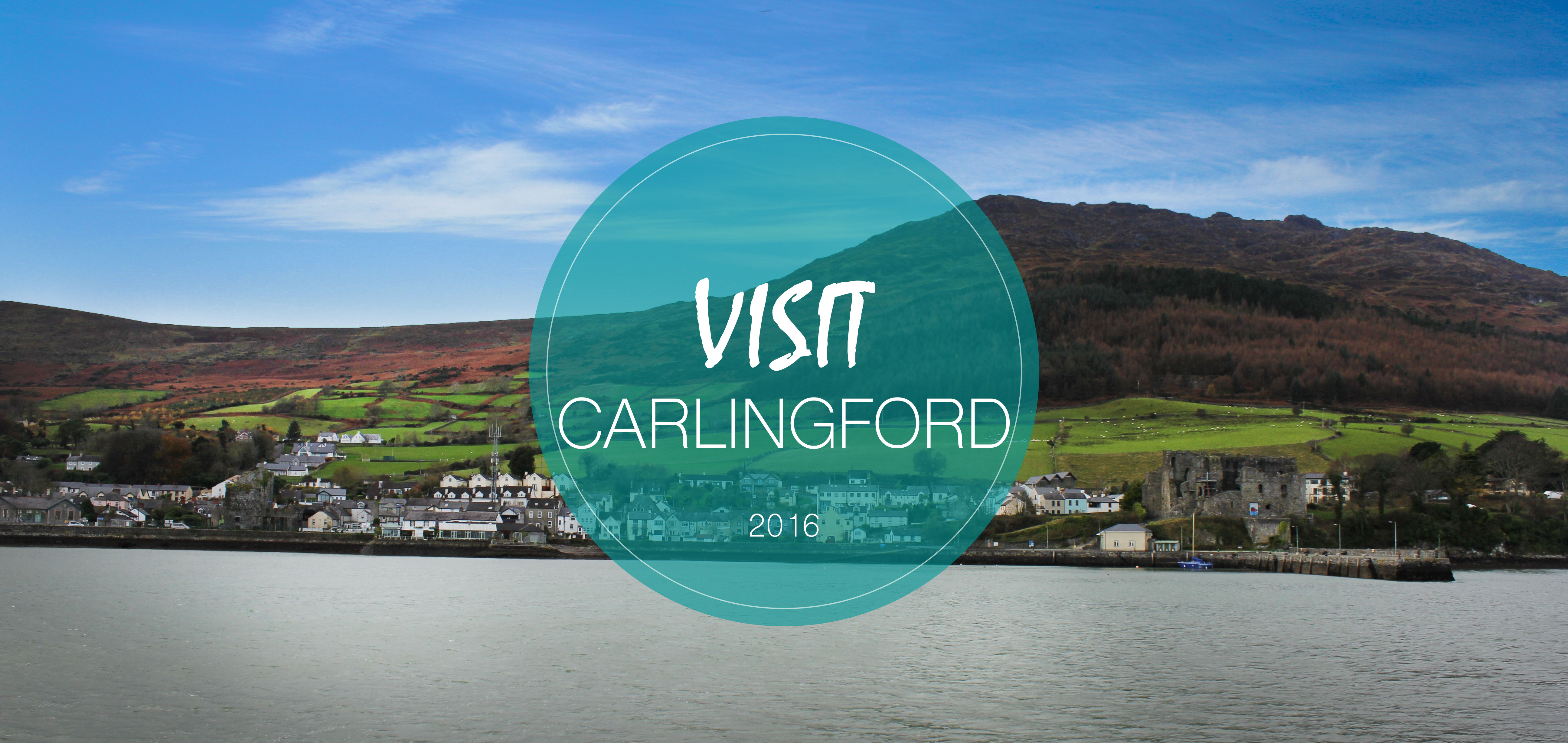


Thomas D'Arcy McGee
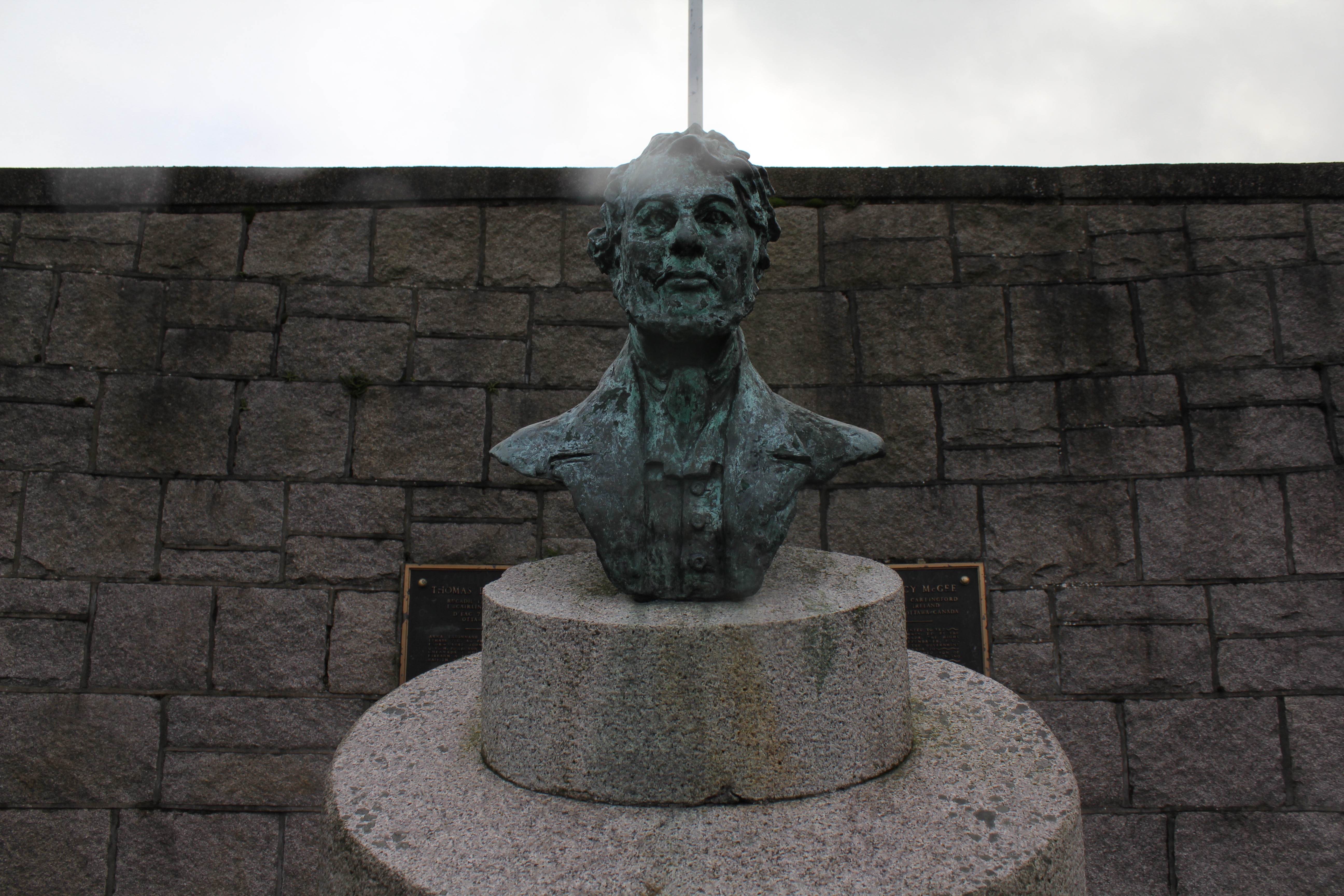
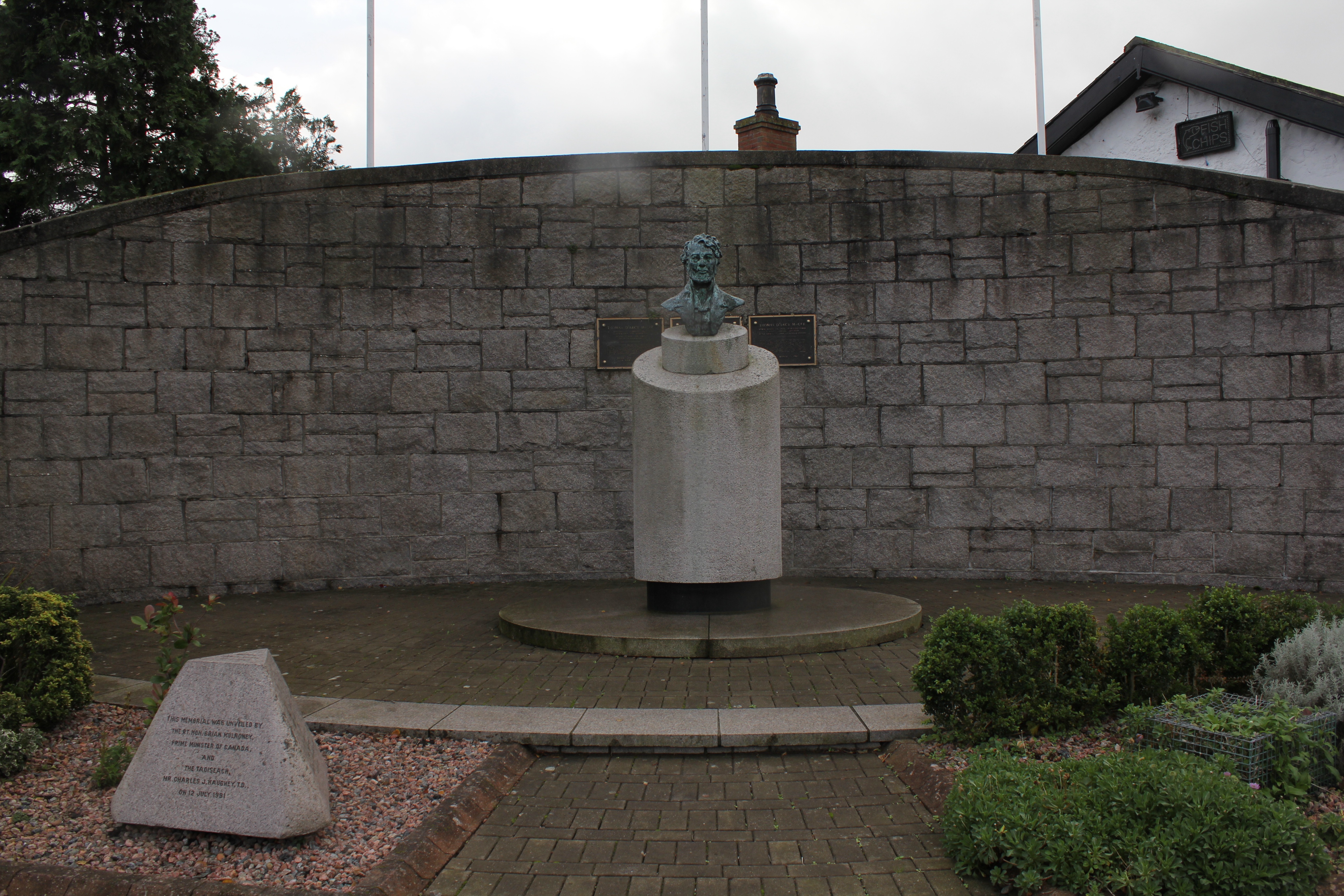
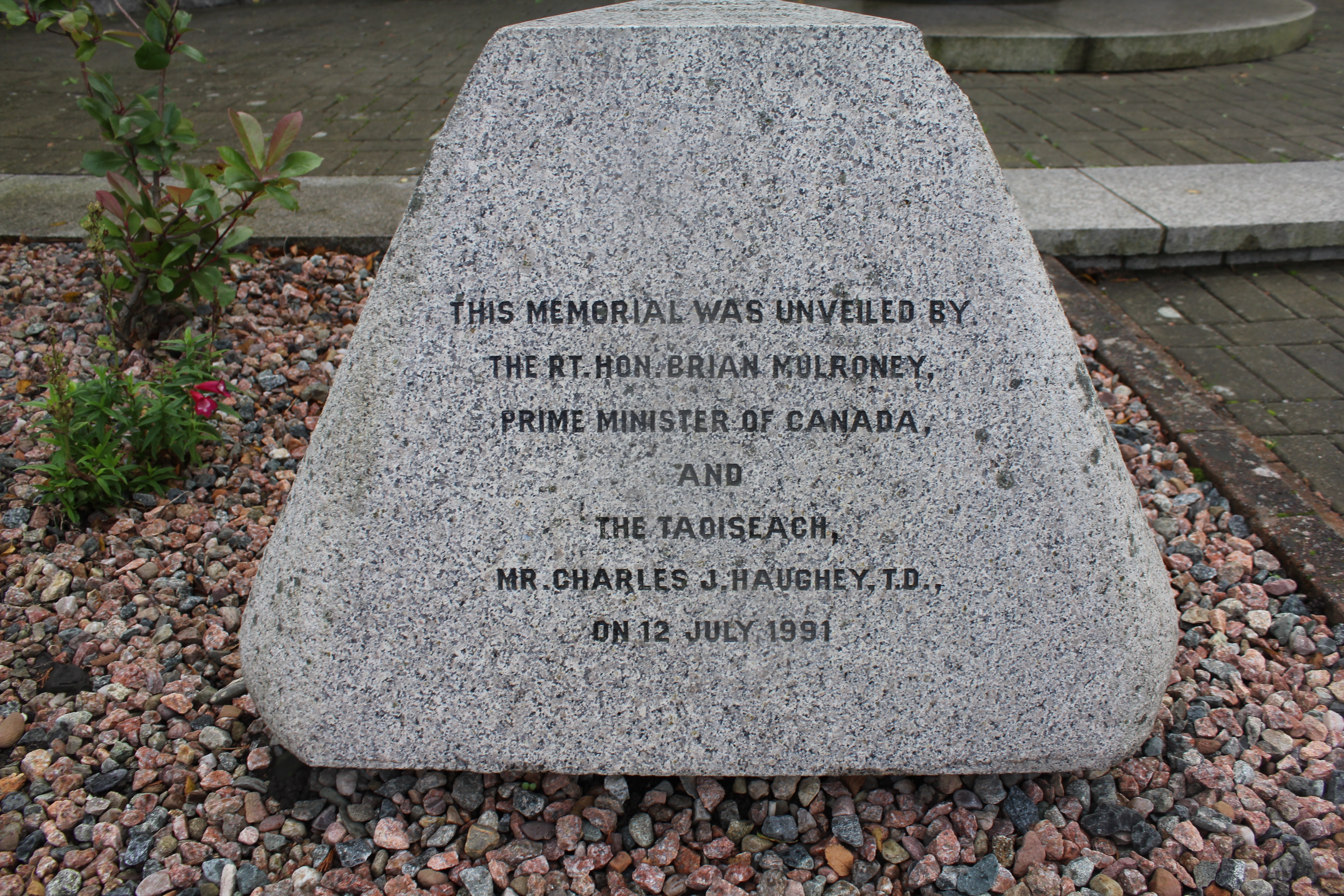
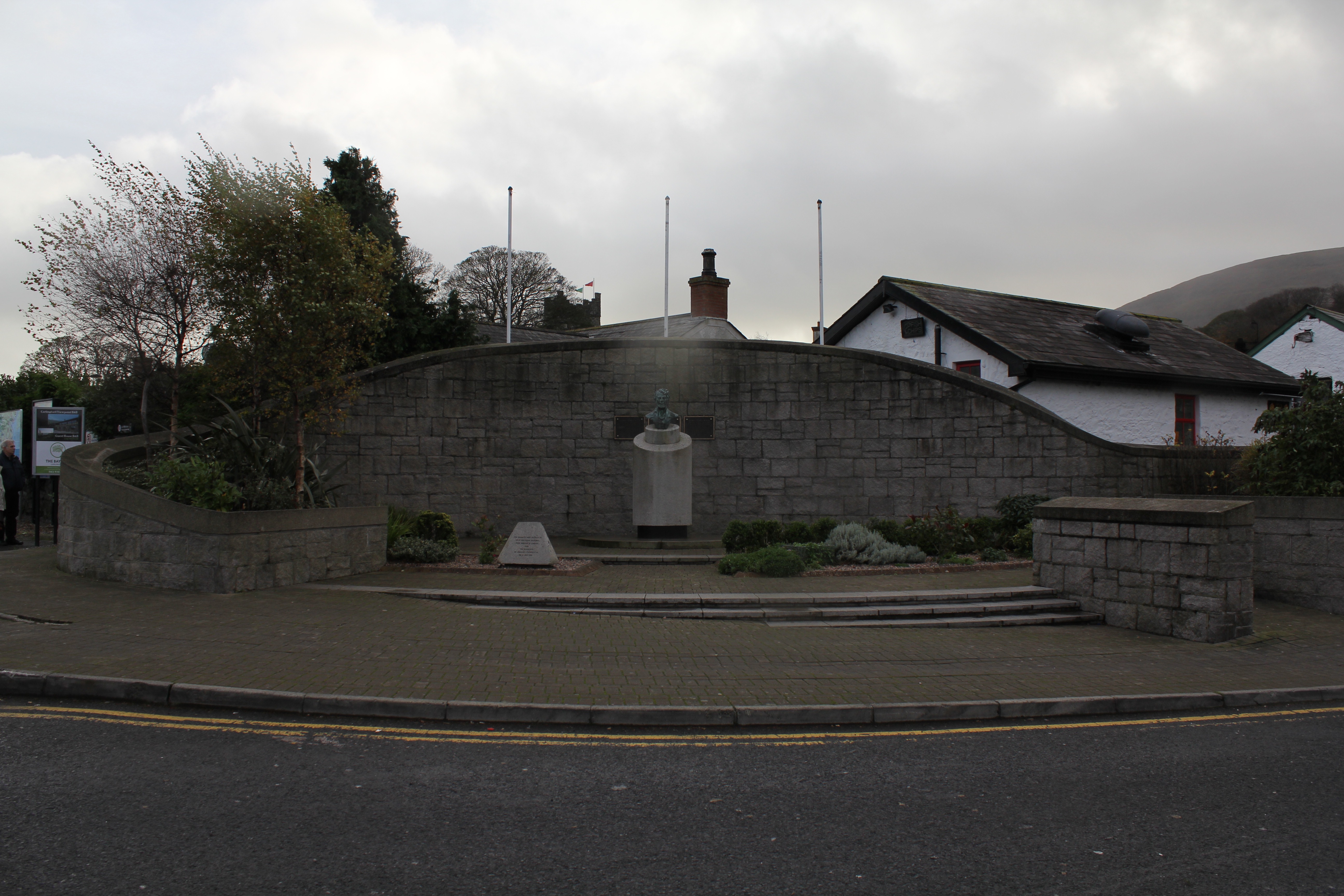
"Thomas D'Arcy Etienne Hughes McGee, PC, (13 April 1825 – 7 April 1868) was a Canadian politician, Catholic spokesman, journalist, and a Father of Canadian Confederation. The young McGee was a Catholic Irishman who hated the British oppression of Ireland, and work for a peasant revolution to overthrow British rule and secure Irish independence. Widely known as D'Arcy McGee, he was born on 13 April 1825 in Carlingford, Ireland, and raised as a Roman Catholic. From his mother, the daughter of a Dublin bookseller, he learned the history of Ireland, which later influenced his writing and political activity. When he was eight years old, his family moved to Wexford, where his father, James McGee, was employed by the coast guard.
In Wexford he attended a local hedge school, where the teacher, Michael Donnelly, fed his hunger for knowledge and where he learned of the long history of English occupation and Irish rebellion, including the more recent uprising of 1798.
In 1842 at age 17, McGee left Ireland with his sister due to a poor relationship with their stepmother, Margaret Dea, who had married his father in 1840 after the death of his mother 22 August 1833. In 1842 he sailed from Wexford harbour aboard the brig Leo, bound for the United States…"
(source: wikipedia)
See More
Taaffe's Castle
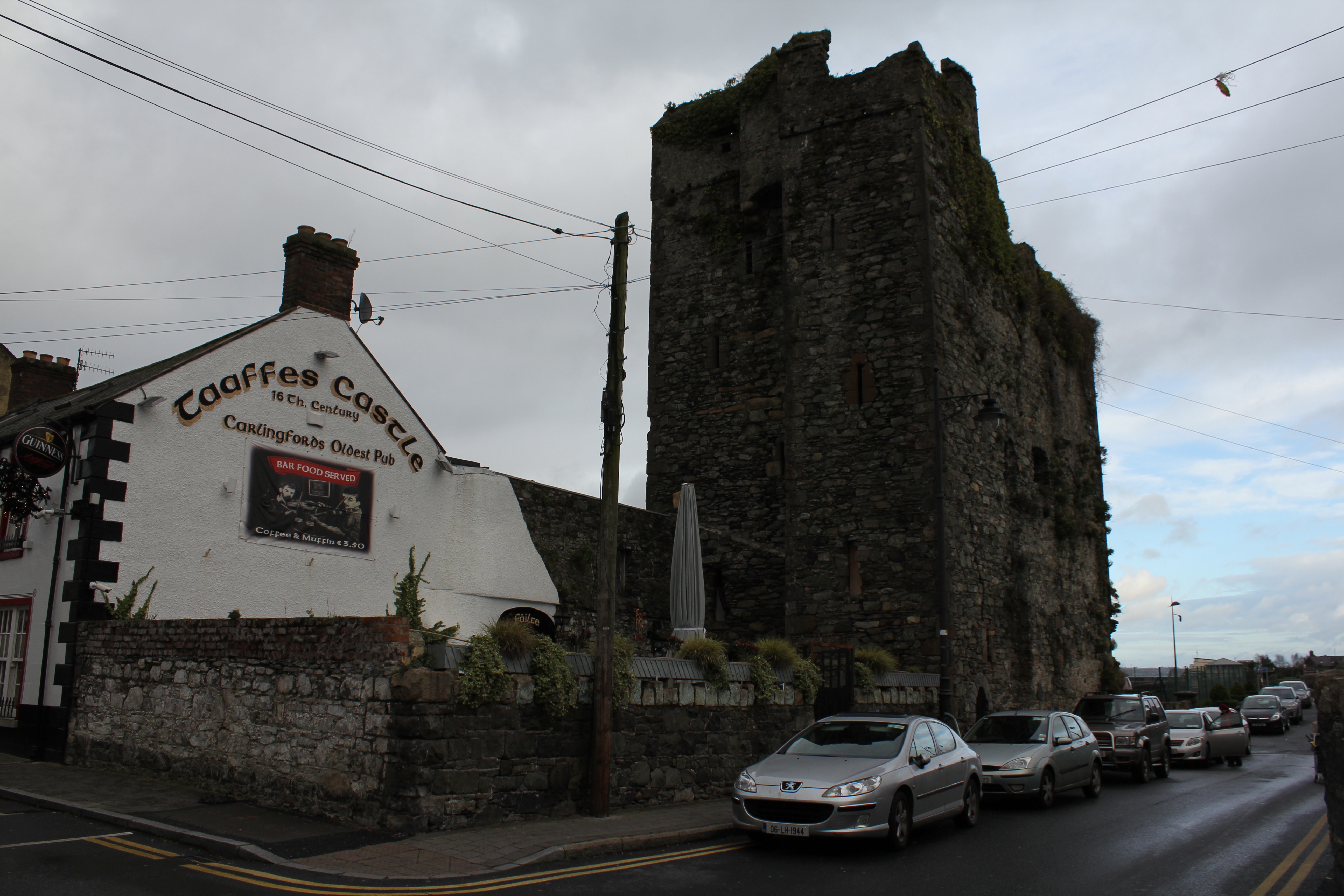

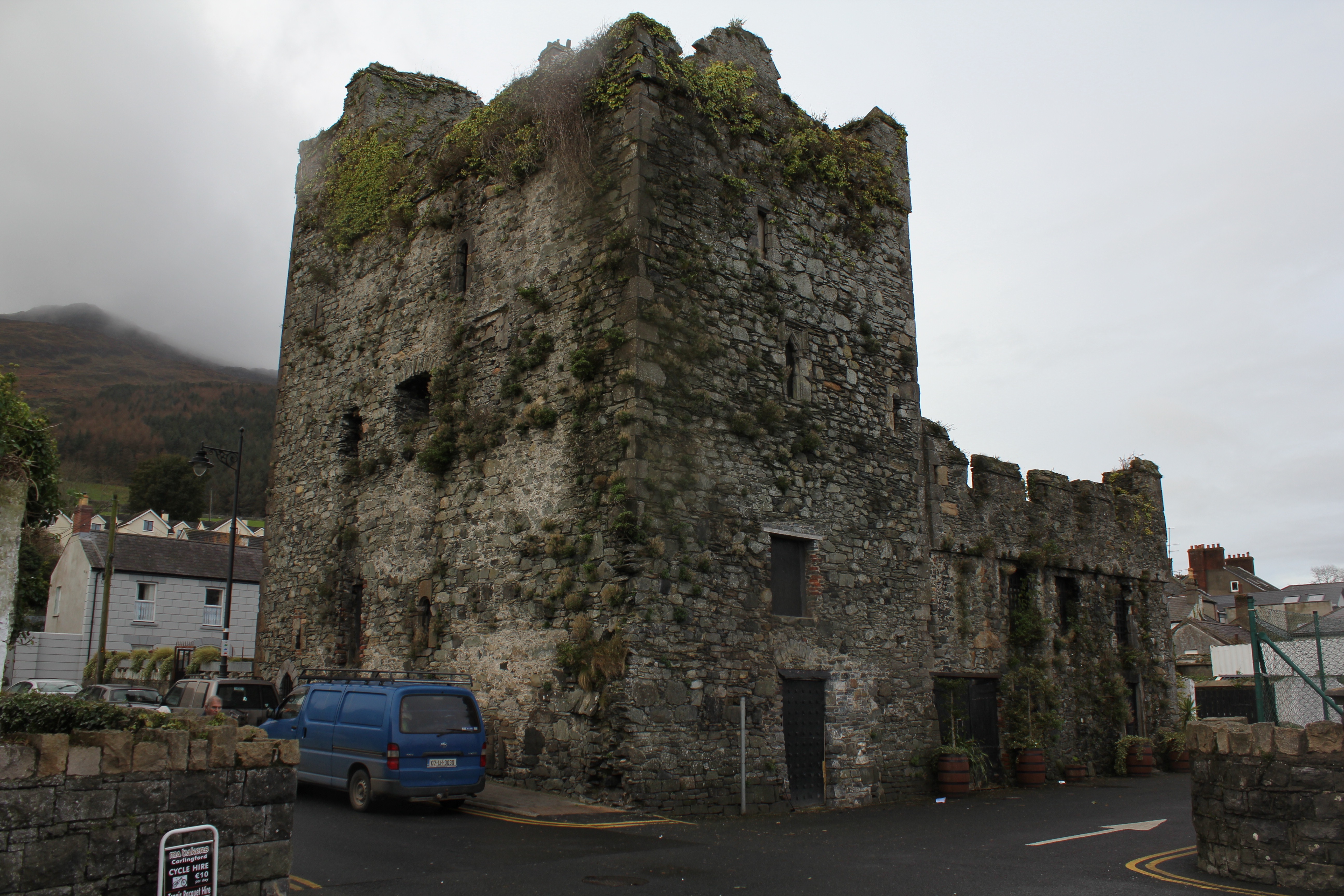
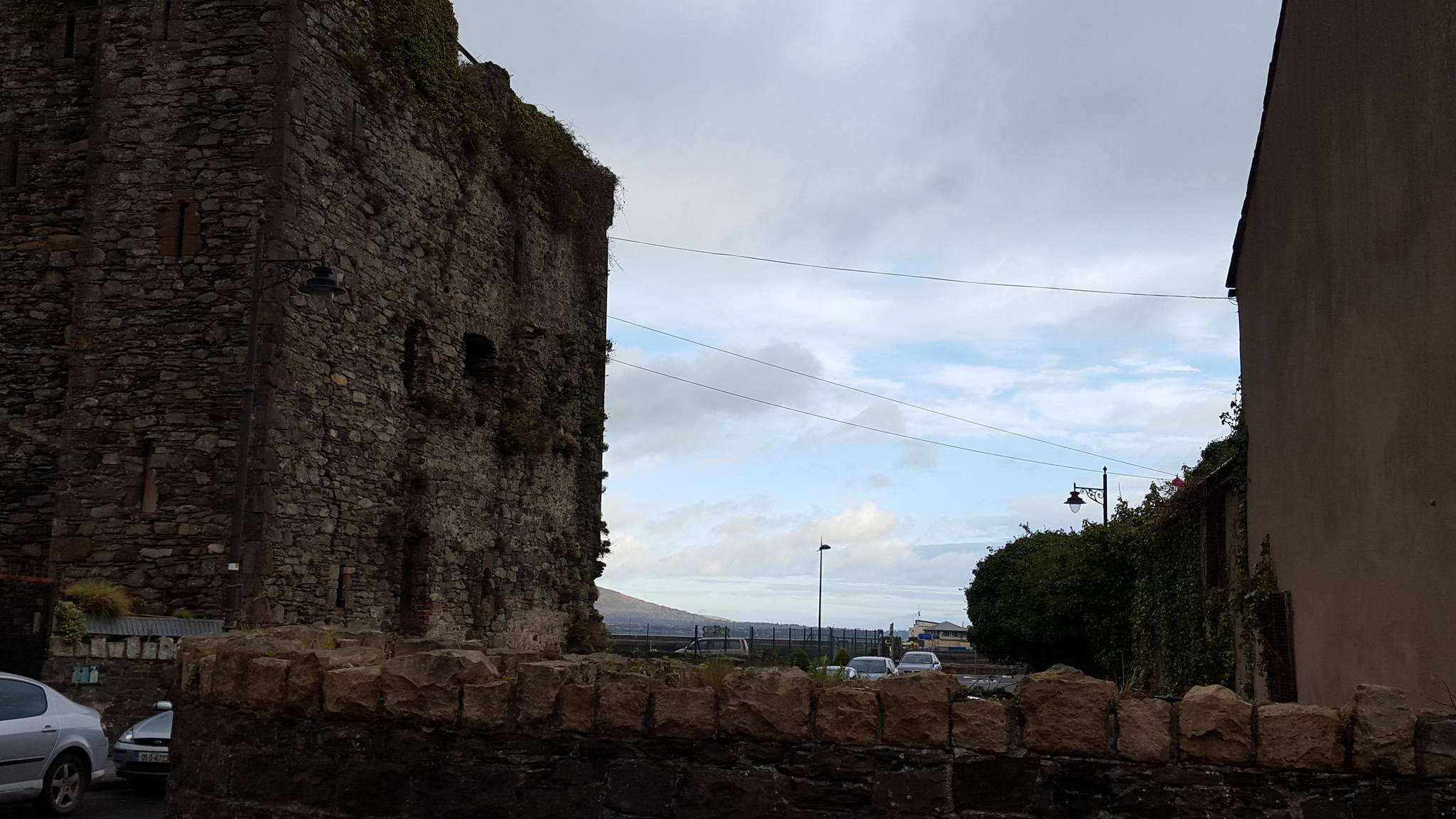
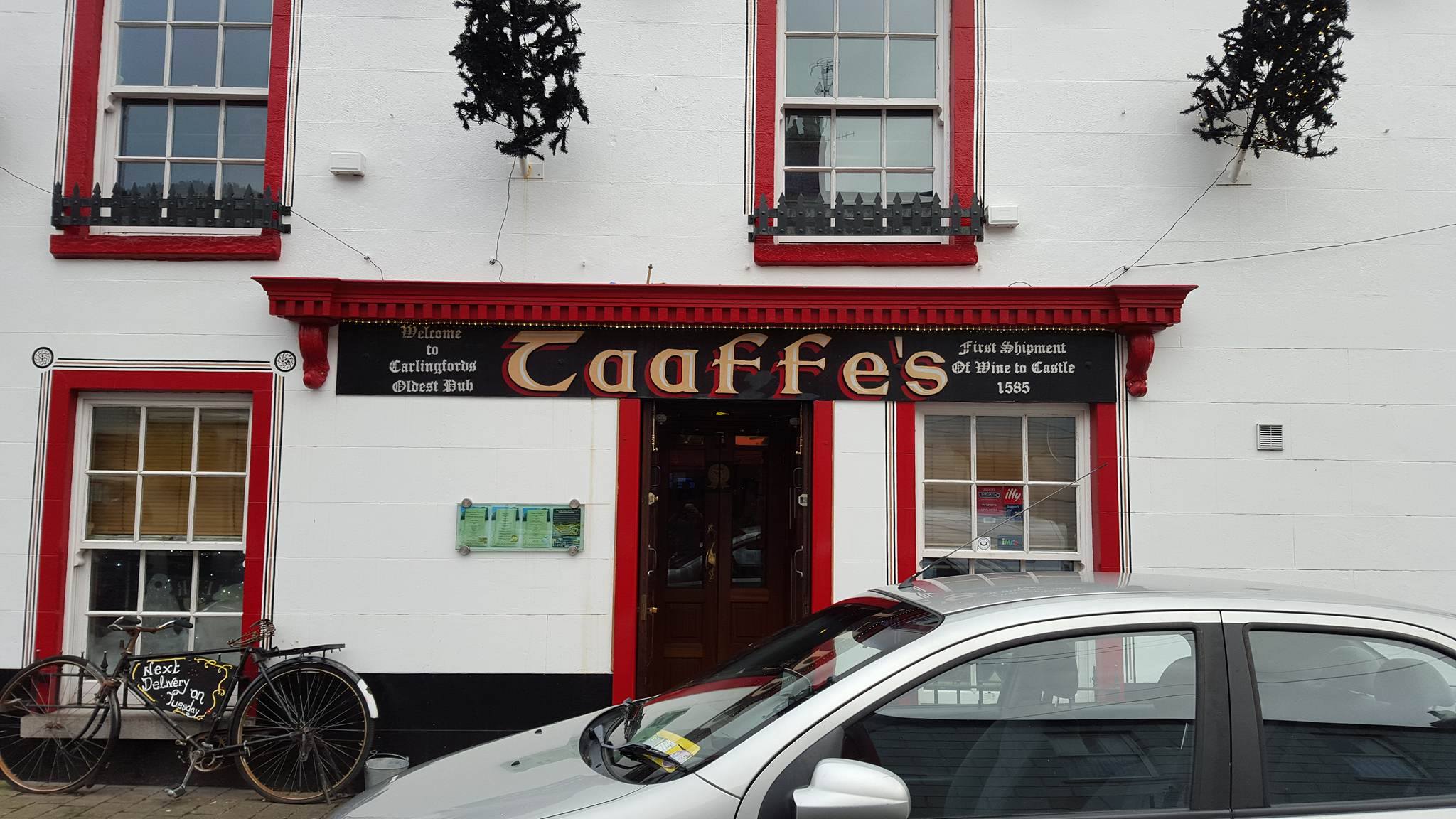
"This Tower House was constructed in two phases; the older portion was built in the early 16th Century. It still has many original features. The annex was built probably about 50 yrs later to provide more living accommodation. It was owned by the Earl of Carlingford, Nicholas Taaffe, who was killed at the battle of the Boyne fighting with King James in 1690.
The first Earl of Carlingford was Theobald Taaffe, one of 15 children. It was normal in the 1600s that the eldest son would inherit the title but his first son was killed in the Turkish wars, and the honour fell to his second son Nicholas.
A fortified town house that according to local tradition belonged to the rich mercantile Taaffe family who became Earls of Carlingford in 1661. However, there is no evidence to suggest that it was built or in fact owned by the Taaffes
Early topographical maps provide evidence that it was in existence before the Taaffe family were provided with their Earl of Carlingford title, The Taaffes mainly resided in Sligo.
The castles close proximity to the harbour would suggest a trading depot on the ground floor with the upper floors reserved for residence.
The construction suggests two phases—the main tower built in the early 16th century while the extension to the side occurred later…"
(source: wikipedia)
See More
King John's Castle
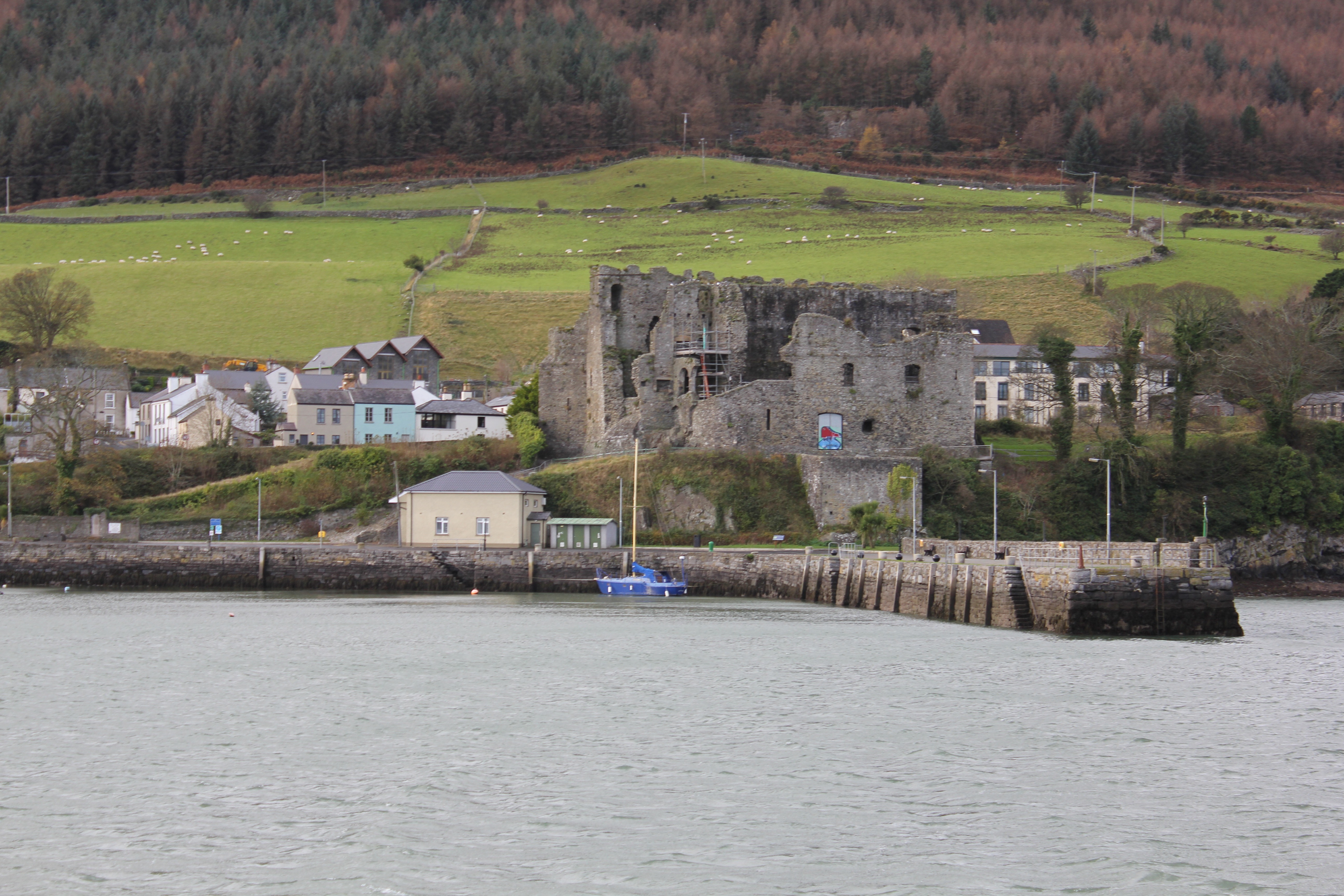
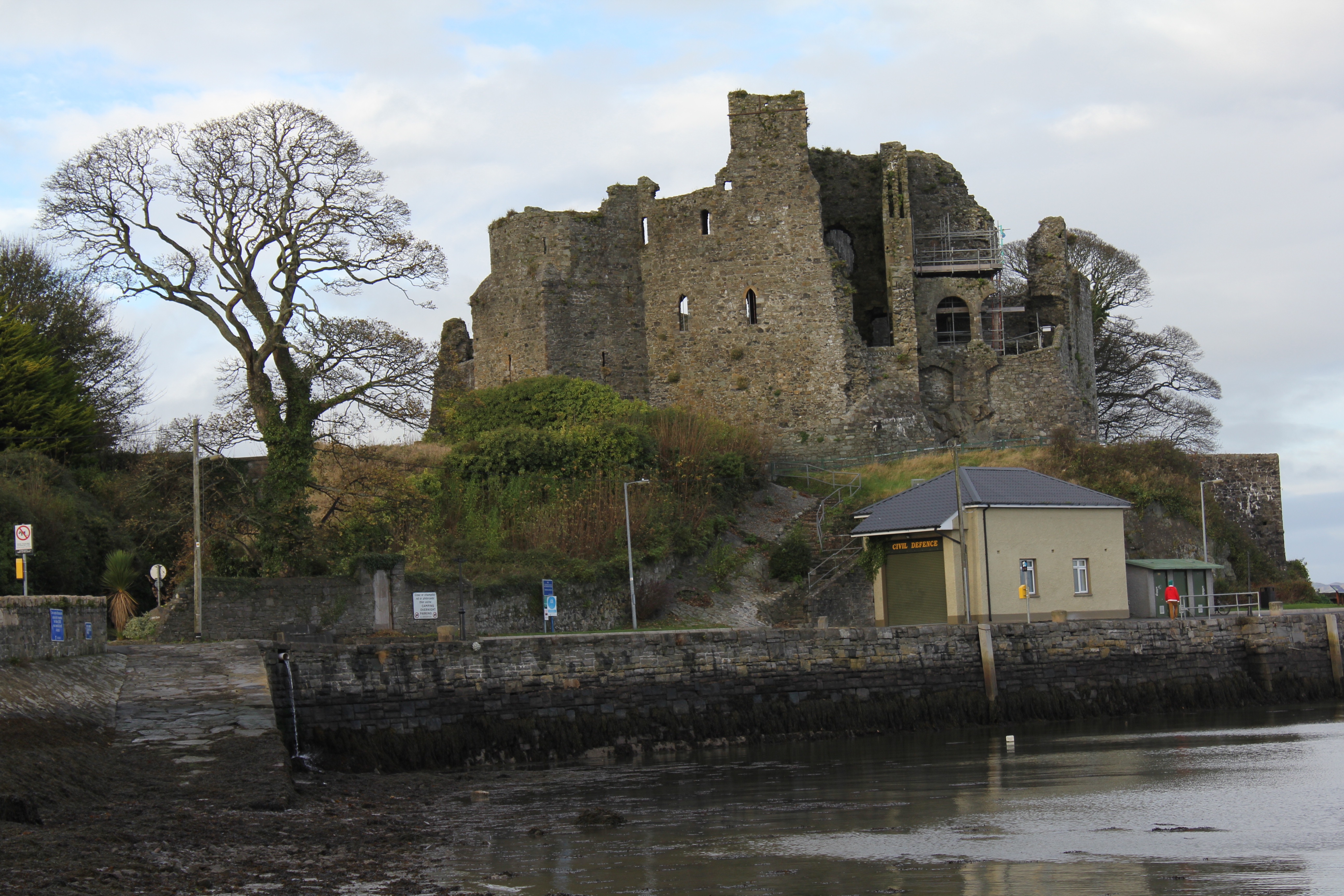
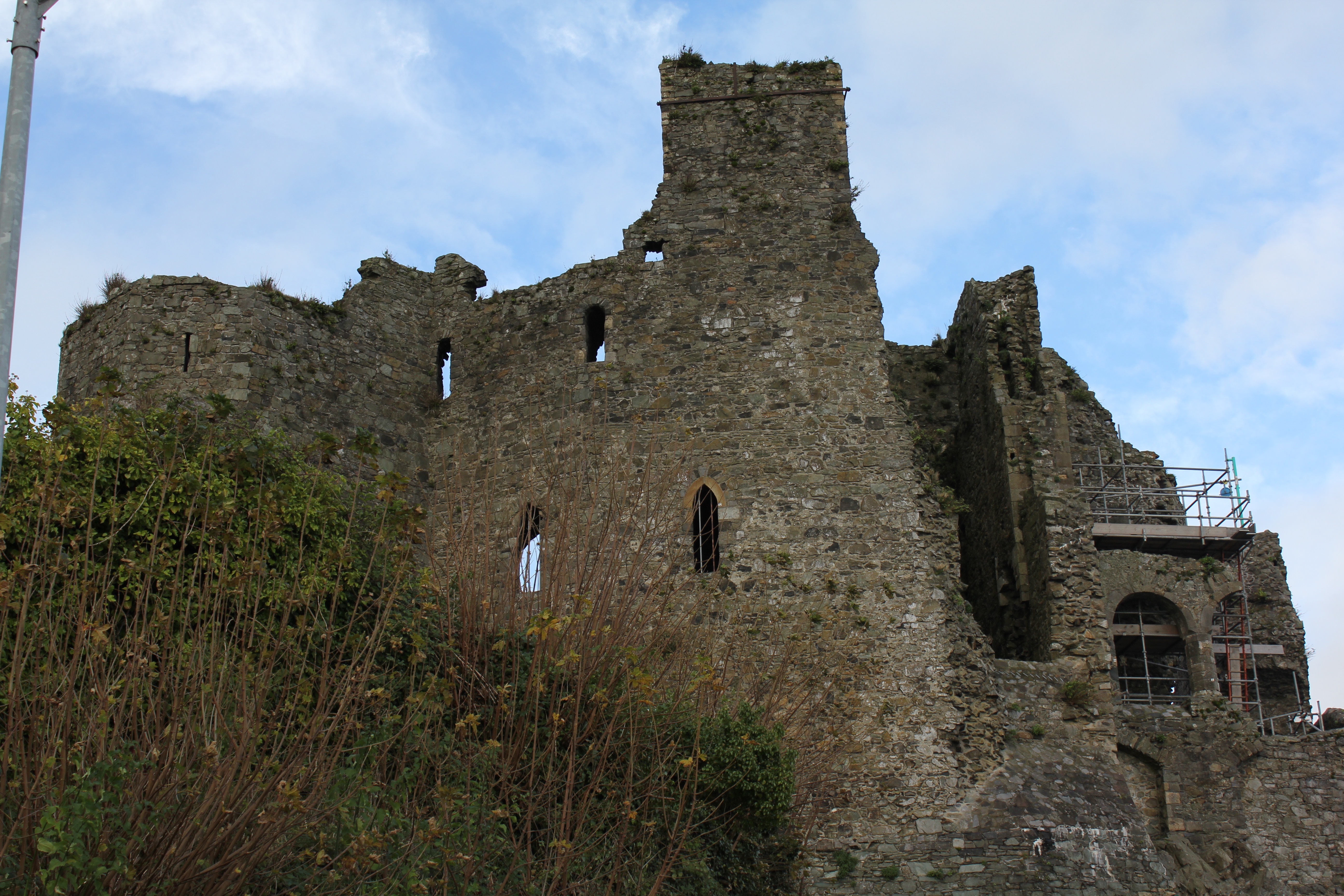
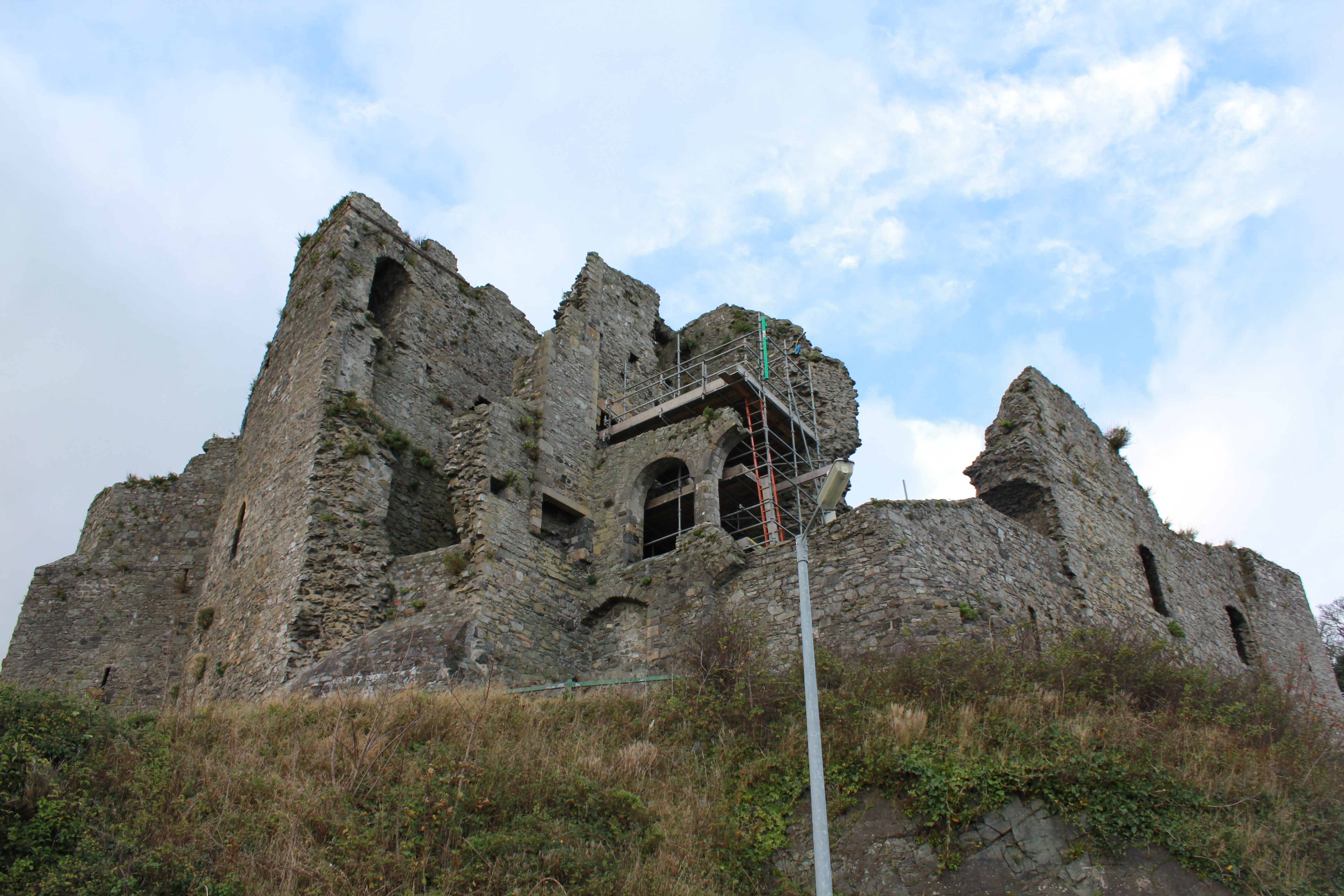
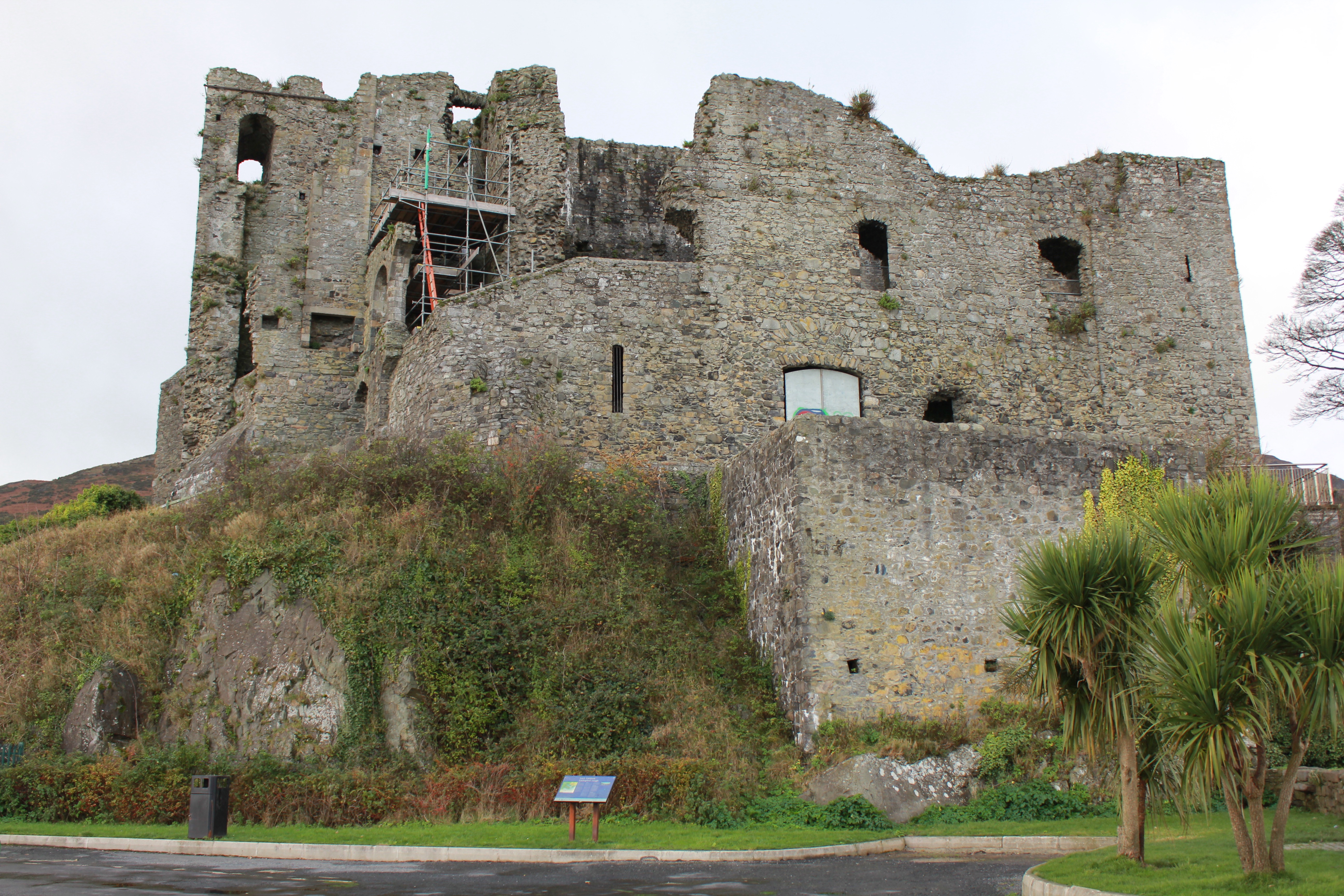
"Despite the western part being commissioned by Hugh de Lacy before 1186, the castle owes its name to King John (Richard the Lionheart's brother) who visited Carlingford in 1210.
The eastern part was constructed in the mid 13th century with alterations and additions occurring in the 15th and 16th centuries.
In the 1950s the Office of Public Works (OPW) undertook conservation work to stabilise the structure.
A view of the north pier and lough can be had from the viewing area on the eastern side of the castle, though the castle itself is closed to the general public for safety reasons…"
(source: wikipedia)
See More
Holy Trinity Church
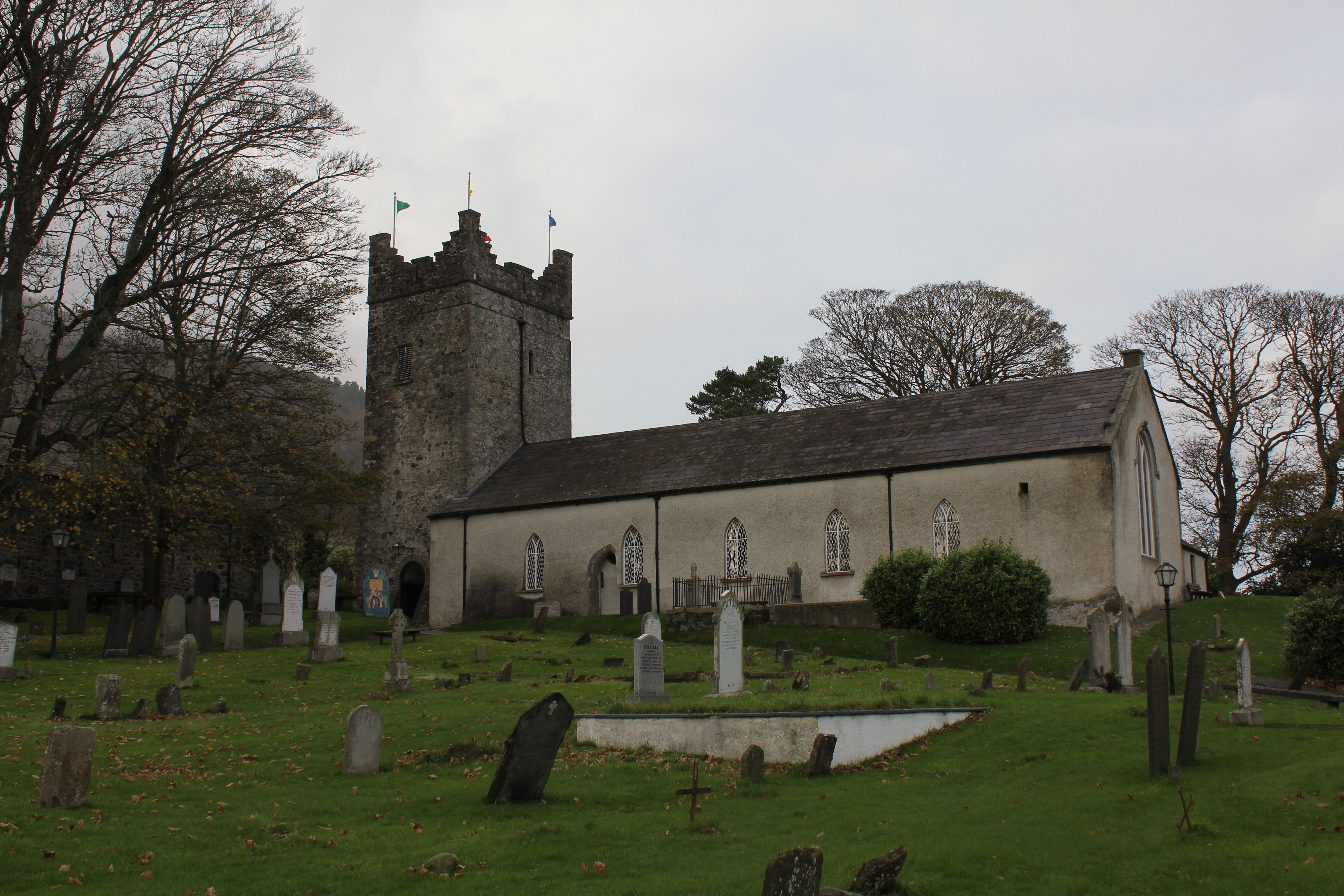
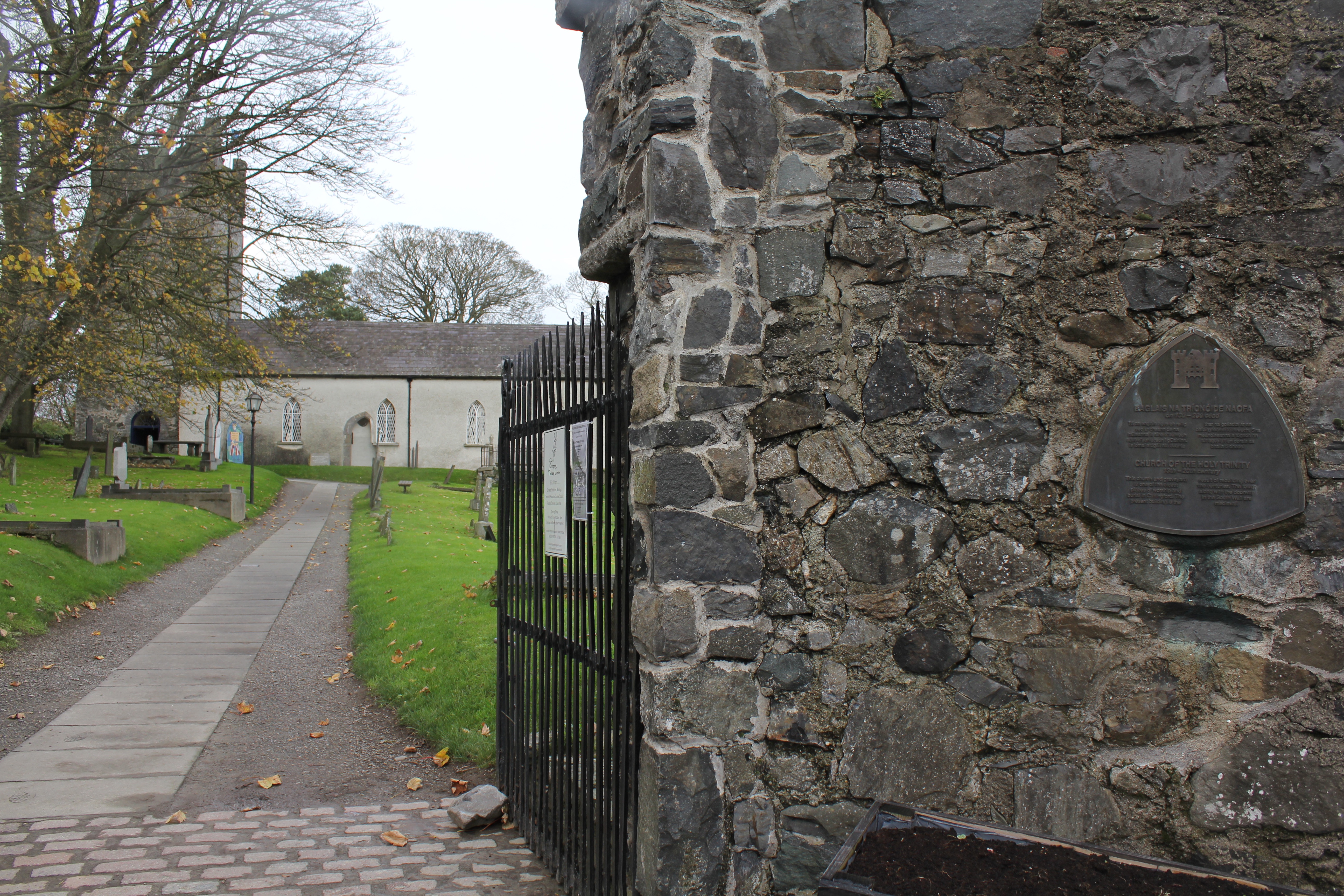
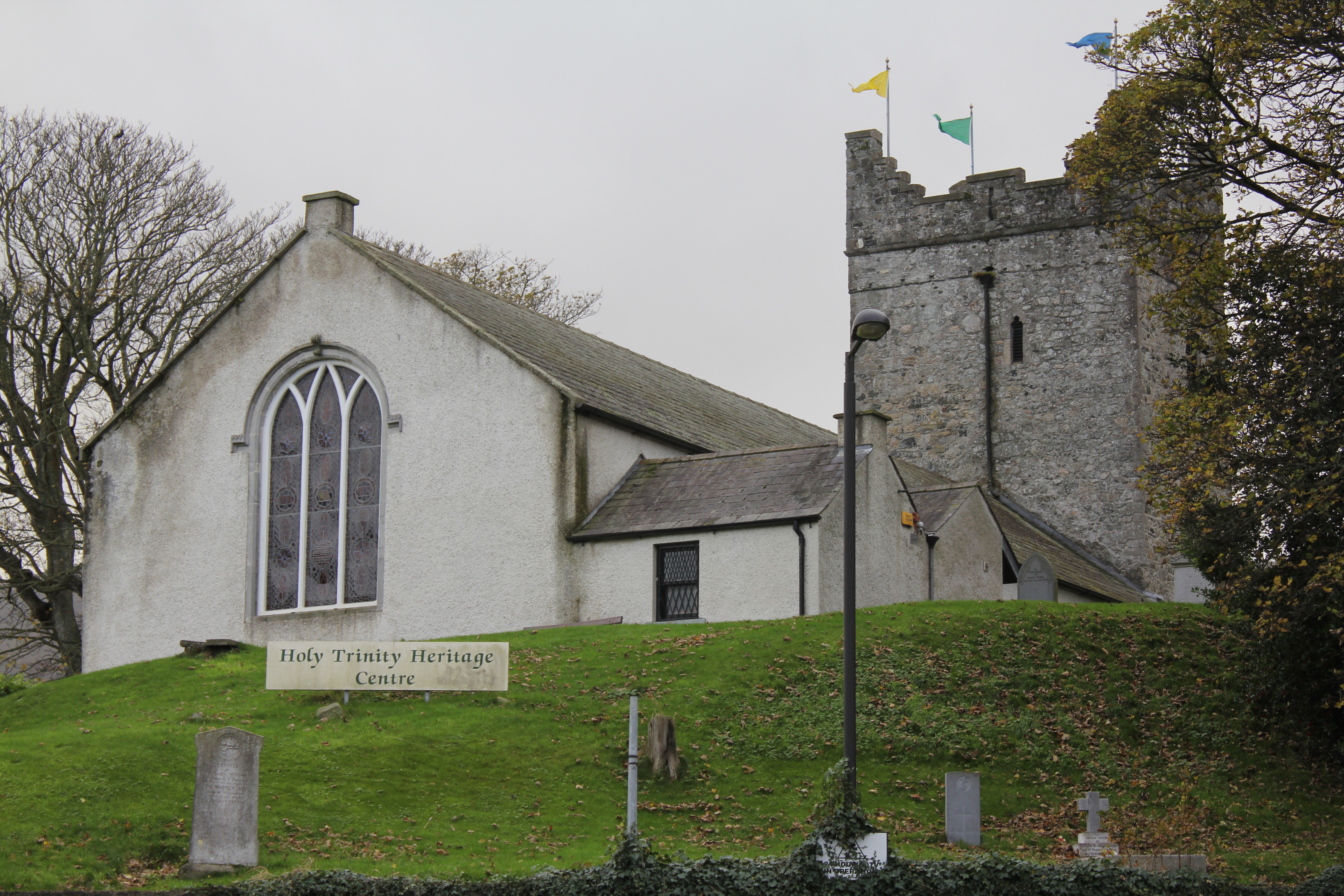
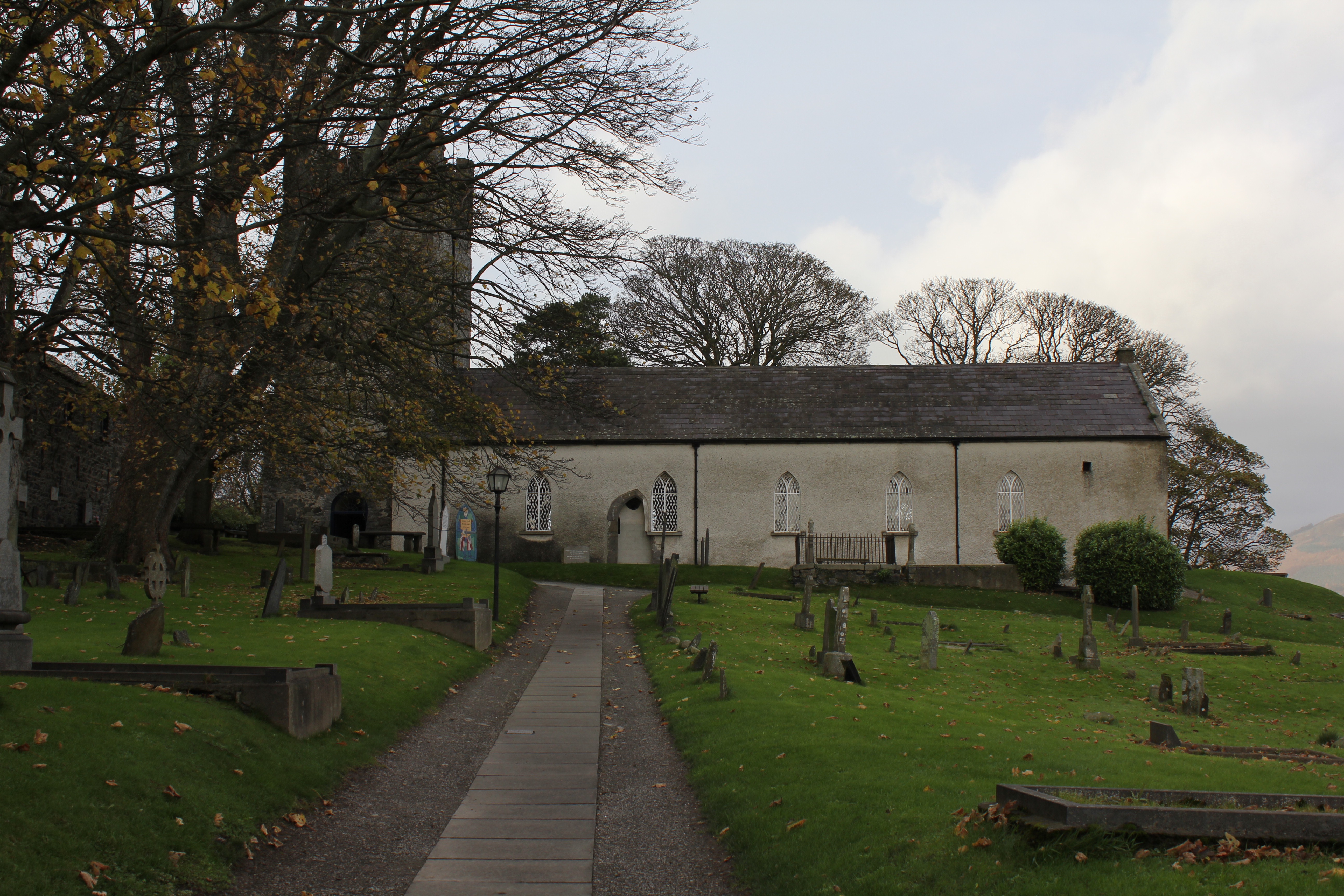
"Donated by the Church of Ireland to Carlingford this restored medieval church is also known as the Holy Trinity Heritage Centre. Exhibits inside display the history of Carlingford from Viking times to the present period. The video and stained glass window are popular with visitors. Musical recitals are common. The grounds outside contain a graveyard.
The Vikings invaded Ireland in the 9th Century and historical records tell us that they occupied Carlingford Lough. The very name Carlingford is Scandinavian translating into 'Fjord of Carlinn'.
They may have used the sheltered natural harbour of Carlingford as a temporary base though this is speculation as no factual evidence, apart from the name, has been recovered so far.
The Normans arrived in Ireland in 1169 as allies of an Irish King Dermot MacMurrough… "
(source: wikipedia)
See More